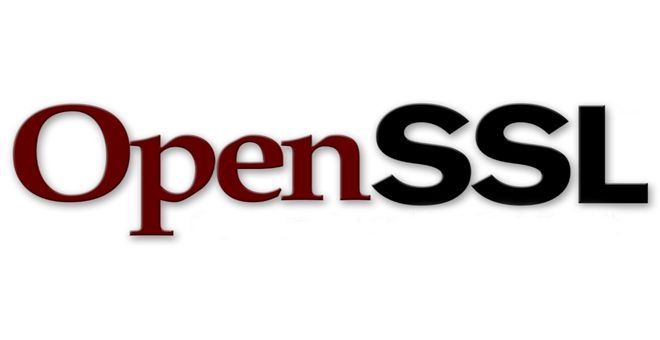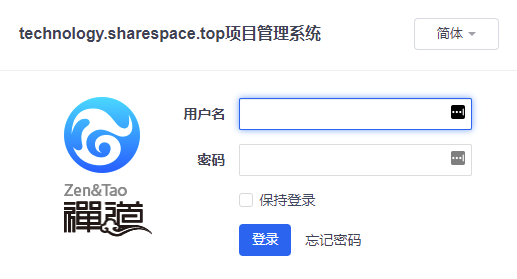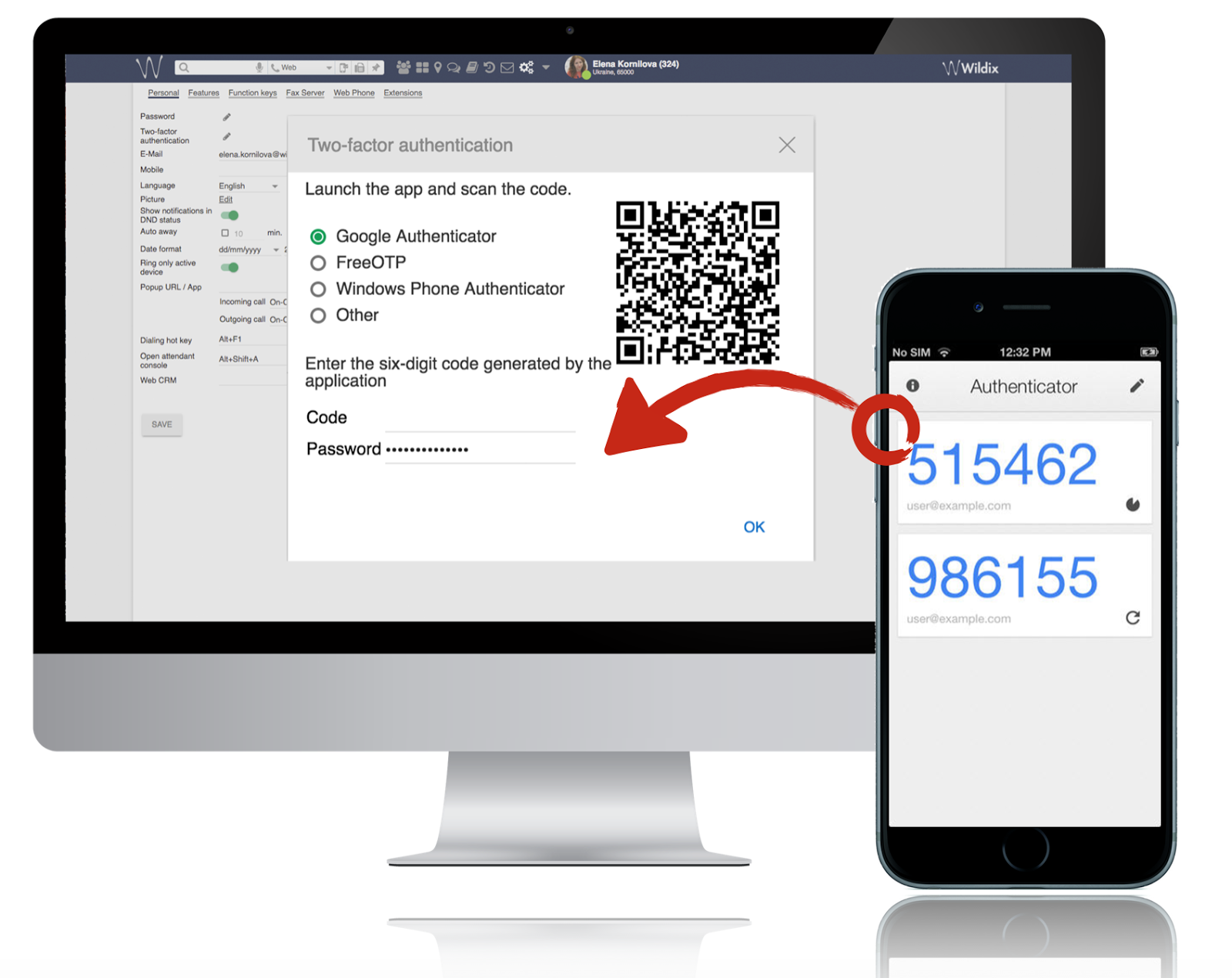如何在 Ubuntu 20.04 上设置 NFS 挂载
参考:https://www.digitalocean.com/community/tutorials/how-to-set-up-an-nfs-mount-on-ubuntu-20-04
Introduction
NFS, or Network File System, is a distributed file system protocol that allows you to mount remote directories on your server. This lets you manage storage space in a different location and write to that space from multiple clients. NFS provides a relatively standard and performant way to access remote systems over a network and works well in situations where the shared resources must be accessed regularly.
In this guide, we’ll go over how to install the software needed for NFS functionality on Ubuntu 20.04, configure two NFS mounts on a server and client, and mount and unmount the remote shares.
Prerequisites
We will use two servers in this tutorial, with one sharing part of its filesystem with the other. To follow along, you will need:
- Two Ubuntu 20.04 servers. Each of these should have a non-root user with
sudoprivileges, a firewall set up with UFW, and private networking, if it’s available to you.- For assistance setting up a non-root user with
sudoprivileges and a firewall, follow our Initial Server Setup with Ubuntu 20.04 guide. - If you’re using DigitalOcean Droplets for your server and client, you can read more about setting up a private network in our documentation on How to Create a VPC.
- For assistance setting up a non-root user with
Throughout this tutorial, we refer to the server that shares its directories as the host and the server that mounts these directories as the client. You will need to know the IP address for both. Be sure to use the private network address, if available.
Throughout this tutorial we will refer to these IP addresses by the placeholders host_ip and client_ip. Please substitute as needed.
Step 1 — Downloading and Installing the Components
We’ll begin by installing the necessary components on each server.
On the Host
On the host server, install the nfs-kernel-server package, which will allow you to share your directories. Since this is the first operation that you’re performing with apt in this session, refresh your local package index before the installation:
sudo apt update sudo apt install nfs-kernel-server
Once these packages are installed, switch to the client server.
On the Client
On the client server, we need to install a package called nfs-common, which provides NFS functionality without including any server components. Again, refresh the local package index prior to installation to ensure that you have up-to-date information:
sudo apt update sudo apt install nfs-common
Now that both servers have the necessary packages, we can start configuring them.
Step 2 — Creating the Share Directories on the Host
We’re going to share two separate directories, with different configuration settings, in order to illustrate two key ways that NFS mounts can be configured with respect to superuser access.
Superusers can do anything anywhere on their system. However, NFS-mounted directories are not part of the system on which they are mounted, so by default, the NFS server refuses to perform operations that require superuser privileges. This default restriction means that superusers on the client cannot write files as root, reassign ownership, or perform any other superuser tasks on the NFS mount.
Sometimes, however, there are trusted users on the client system who need to perform these actions on the mounted file system but who have no need for superuser access on the host. You can configure the NFS server to allow this, although it introduces an element of risk, as such a user could gain root access to the entire host system.
Example 1: Exporting a General Purpose Mount
In the first example, we’ll create a general-purpose NFS mount that uses default NFS behavior to make it difficult for a user with root privileges on the client machine to interact with the host using those client superuser privileges. You might use something like this to store files which were uploaded using a content management system or to create space for users to easily share project files.
First, make the share directory:
sudo mkdir /var/nfs/general -p
Since we’re creating it with sudo, the directory is owned by the host’s root user:
ls -la /var/nfs/general
Output drwxr-xr-x 2 root root 4096 May 14 18:36 .
NFS will translate any root operations on the client to the nobody:nogroup credentials as a security measure. Therefore, we need to change the directory ownership to match those credentials.
sudo chown nobody:nogroup /var/nfs/general
You’re now ready to export this directory.
Example 2: Exporting the Home Directory
In our second example, the goal is to make user home directories stored on the host available on client servers, while allowing trusted administrators of those client servers the access they need to conveniently manage users.
To do this, we’ll export the /home directory. Since it already exists, we don’t need to create it. We won’t change the permissions, either. If we did, it could lead to a range of issues for anyone with a home directory on the host machine.
Step 3 — Configuring the NFS Exports on the Host Server
Next, we’ll dive into the NFS configuration file to set up the sharing of these resources.
On the host machine, open the /etc/exports file in your text editor with root privileges:
sudo nano /etc/exports
The file has comments showing the general structure of each configuration line. The syntax is as follows:
/etc/exports directory_to_share client(share_option1,...,share_optionN)
We’ll need to create a line for each of the directories that we plan to share. Be sure to change the client_ip placeholder shown here to your actual IP address:
/etc/exports /var/nfs/general client_ip(rw,sync,no_subtree_check) /home client_ip(rw,sync,no_root_squash,no_subtree_check)
Here, we’re using the same configuration options for both directories with the exception of no_root_squash. Let’s take a look at what each of these options mean:
rw: This option gives the client computer both read and write access to the volume.sync: This option forces NFS to write changes to disk before replying. This results in a more stable and consistent environment since the reply reflects the actual state of the remote volume. However, it also reduces the speed of file operations.no_subtree_check: This option prevents subtree checking, which is a process where the host must check whether the file is actually still available in the exported tree for every request. This can cause many problems when a file is renamed while the client has it opened. In almost all cases, it is better to disable subtree checking.no_root_squash: By default, NFS translates requests from a root user remotely into a non-privileged user on the server. This was intended as security feature to prevent a root account on the client from using the file system of the host as root.no_root_squashdisables this behavior for certain shares.
When you are finished making your changes, save and close the file. Then, to make the shares available to the clients that you configured, restart the NFS server with the following command:
sudo systemctl restart nfs-kernel-server
Before you can actually use the new shares, however, you’ll need to be sure that traffic to the shares is permitted by firewall rules.
Step 4 — Adjusting the Firewall on the Host
First, let’s check the firewall status to see if it’s enabled and, if so, to see what’s currently permitted:
sudo ufw status
Output Status: active To Action From -- ------ ---- OpenSSH ALLOW Anywhere OpenSSH (v6) ALLOW Anywhere (v6)
On our system, only SSH traffic is being allowed through, so we’ll need to add a rule for NFS traffic.
With many applications, you can use sudo ufw app list and enable them by name, but nfs is not one of those. However, because ufw also checks /etc/services for the port and protocol of a service, we can still add NFS by name. Best practice recommends that you enable the most restrictive rule that will still allow the traffic you want to permit, so rather than enabling traffic from just anywhere, we’ll be specific.
Use the following command to open port 2049 on the host, being sure to substitute your client IP address:
sudo ufw allow from client_ip to any port nfs
You can verify the change by typing:
sudo ufw status
You should see traffic allowed from port 2049 in the output:
Output Status: active To Action From -- ------ ---- OpenSSH ALLOW Anywhere 2049 ALLOW 203.0.113.24 OpenSSH (v6) ALLOW Anywhere (v6)
This confirms that UFW will only allow NFS traffic on port 2049 from our client machine.
Step 5 — Creating Mount Points and Mounting Directories on the Client
Now that the host server is configured and serving its shares, we’ll prepare our client.
In order to make the remote shares available on the client, we need to mount the directories on the host that we want to share to empty directories on the client.
Note: If there are files and directories in your mount point, they will become hidden as soon as you mount the NFS share. To avoid the loss of important files, be sure that if you mount in a directory that already exists that the directory is empty.
We’ll create two directories for our mounts:
sudo mkdir -p /nfs/general sudo mkdir -p /nfs/home
Now that we have a location to put the remote shares and we’ve opened the firewall, we can mount the shares using the IP address of our host server:
sudo mount host_ip:/var/nfs/general /nfs/general sudo mount host_ip:/home /nfs/home
These commands will mount the shares from the host computer onto the client machine. You can double-check that they mounted successfully in several ways. You can check this with a mount or findmnt command, but df -h provides a more readable output:
df -h
Output Filesystem Size Used Avail Use% Mounted on udev 474M 0 474M 0% /dev tmpfs 99M 936K 98M 1% /run /dev/vda1 25G 1.8G 23G 8% / tmpfs 491M 0 491M 0% /dev/shm tmpfs 5.0M 0 5.0M 0% /run/lock tmpfs 491M 0 491M 0% /sys/fs/cgroup /dev/vda15 105M 3.9M 101M 4% /boot/efi tmpfs 99M 0 99M 0% /run/user/1000 10.132.212.247:/var/nfs/general 25G 1.8G 23G 8% /nfs/general 10.132.212.247:/home 25G 1.8G 23G 8% /nfs/home
Both of the shares we mounted appear at the bottom. Because they were mounted from the same file system, they show the same disk usage. To see how much space is actually being used under each mount point, use the disk usage command du and the path of the mount. The -s flag provides a summary of usage rather than displaying the usage for every file. The -h prints human-readable output.
For example:
du -sh /nfs/home
Output 36K /nfs/home
This shows us that the contents of the entire home directory is using only 36K of the available space.
Step 6 — Testing NFS Access
Next, let’s test access to the shares by writing something to each of them.
Example 1: The General Purpose Share
First, write a test file to the /var/nfs/general share:
sudo touch /nfs/general/general.test
Then, check its ownership:
ls -l /nfs/general/general.test
Output -rw-r--r-- 1 nobody nogroup 0 Aug 1 13:31 /nfs/general/general.test
Because we mounted this volume without changing NFS’s default behavior and created the file as the client machine’s root user via the sudo command, ownership of the file defaults to nobody:nogroup. client superusers won’t be able to perform typical administrative actions, like changing the owner of a file or creating a new directory for a group of users, on this NFS-mounted share.
Example 2: The Home Directory Share
To compare the permissions of the General Purpose share with the Home Directory share, create a file in /nfs/home the same way:
sudo touch /nfs/home/home.test
Then look at the ownership of the file:
ls -l /nfs/home/home.test
Copy
Output -rw-r--r-- 1 root root 0 Aug 1 13:32 /nfs/home/home.test
We created home.test as root using the sudo command, exactly the same way we created the general.test file. However, in this case it is owned by root because we overrode the default behavior when we specified the no_root_squash option on this mount. This allows our root users on the client machine to act as root and makes the administration of user accounts much more convenient. At the same time, it means we don’t have to give these users root access on the host.
Step 7 — Mounting the Remote NFS Directories at Boot
We can mount the remote NFS shares automatically at boot by adding them to /etc/fstab file on the client.
Open this file with root privileges in your text editor:
sudo nano /etc/fstab
At the bottom of the file, add a line for each of our shares. They will look like this:
/etc/fstab . . . host_ip:/var/nfs/general /nfs/general nfs auto,nofail,noatime,nolock,intr,tcp,actimeo=1800 0 0 host_ip:/home /nfs/home nfs auto,nofail,noatime,nolock,intr,tcp,actimeo=1800 0 0
Note: You can find more information about the options we are specifying here in the NFS man page. You can access this by running the following command:
man nfs
The client will automatically mount the remote partitions at boot, although it may take a few moments to establish the connection and for the shares to be available.
Step 8 — Unmounting an NFS Remote Share
If you no longer want the remote directory to be mounted on your system, you can unmount it by moving out of the share’s directory structure and unmounting, like this:
cd ~ sudo umount /nfs/home sudo umount /nfs/general
Take note that the command is named umount not unmount as you may expect.
This will remove the remote shares, leaving only your local storage accessible:
df -h
Output Filesystem Size Used Avail Use% Mounted on udev 474M 0 474M 0% /dev tmpfs 99M 936K 98M 1% /run /dev/vda1 25G 1.8G 23G 8% / tmpfs 491M 0 491M 0% /dev/shm tmpfs 5.0M 0 5.0M 0% /run/lock tmpfs 491M 0 491M 0% /sys/fs/cgroup /dev/vda15 105M 3.9M 101M 4% /boot/efi tmpfs 99M 0 99M 0% /run/user/1000
If you also want to prevent them from being remounted on the next reboot, edit /etc/fstab and either delete the line or comment it out by placing a # character at the beginning of the line. You can also prevent auto-mounting by removing the auto option, which will allow you to still mount it manually.
Conclusion
In this tutorial, we created an NFS host and illustrated some key NFS behaviours by creating two different NFS mounts, which we shared with a NFS client.
If you’re looking to implement NFS in production, it’s important to note that the protocol itself is not encrypted. In cases where you’re sharing over a private network, this may not be a problem. In other cases, a VPN or some other type of encrypted tunnel will be necessary to protect your data.



